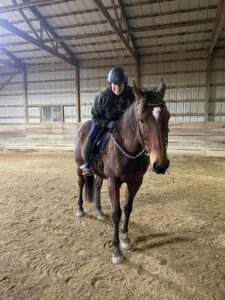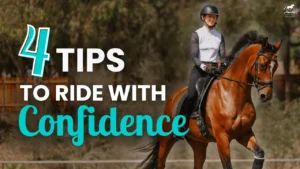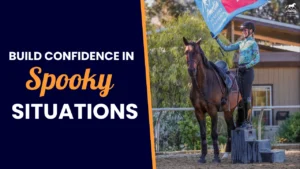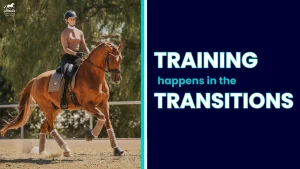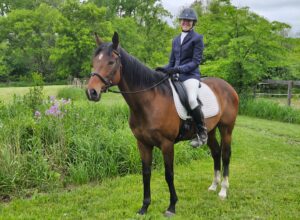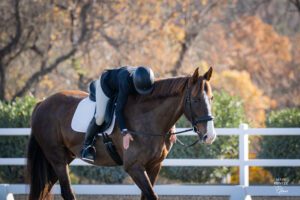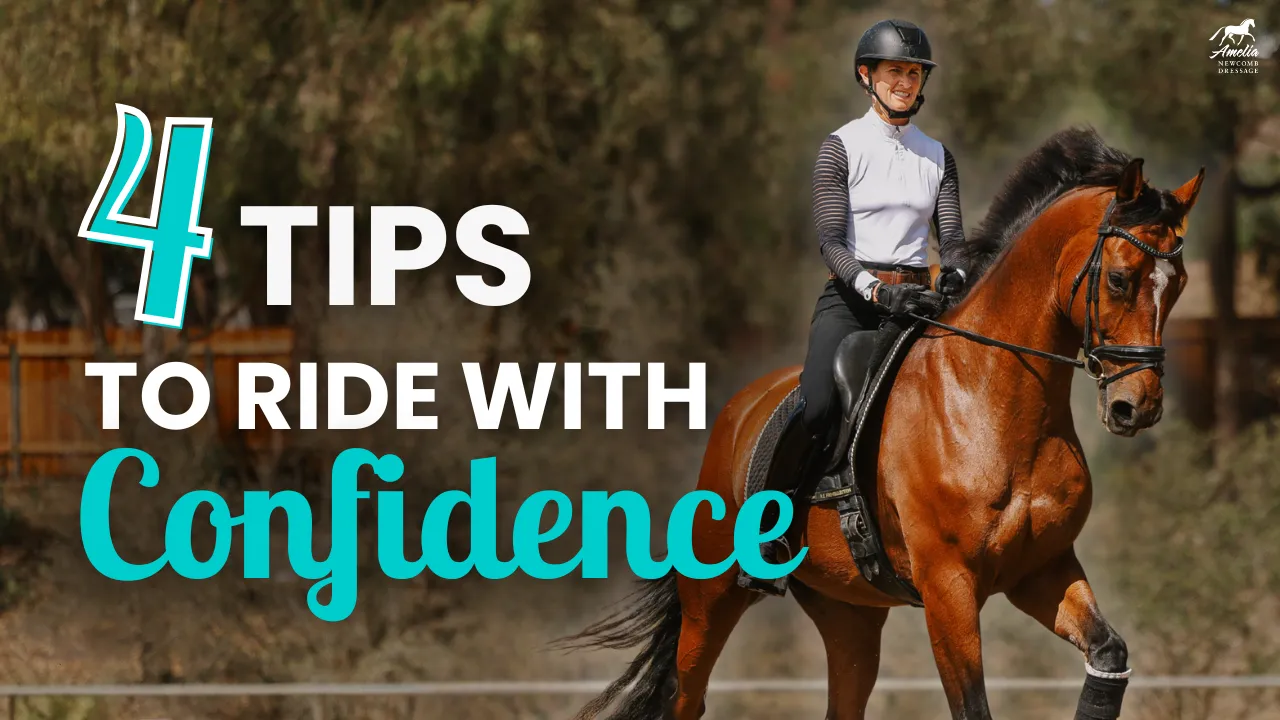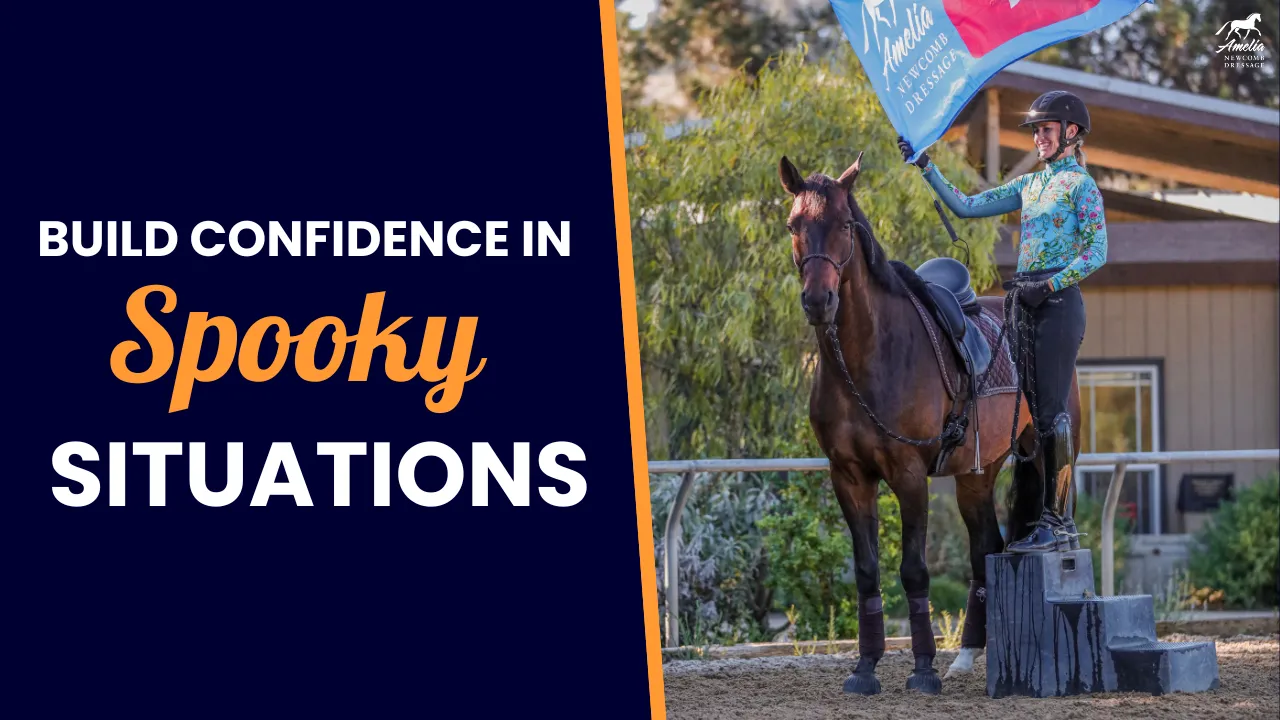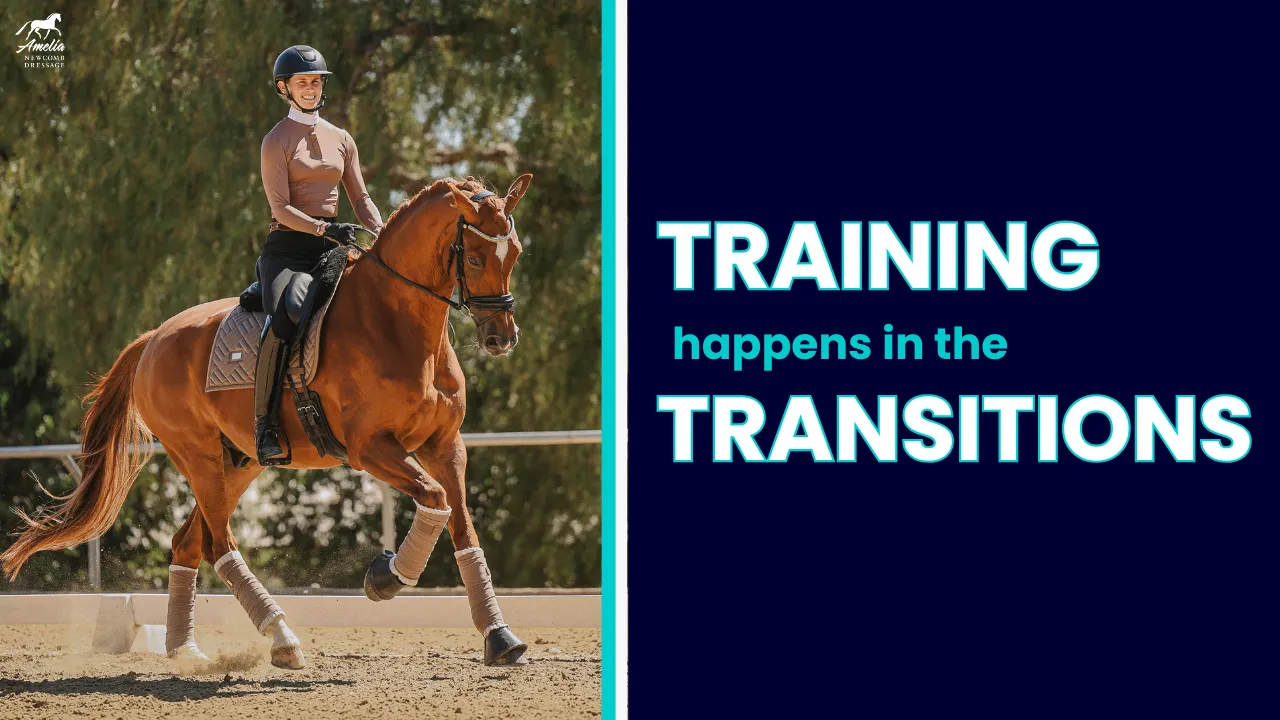In this video, I’m walking you through one of the most important concepts in dressage: connecting your horse from the inside leg to the outside rein. This phrase is something we hear all the time, but often, riders aren’t sure how to actually achieve it. If you’ve ever wondered how to get your horse off the inside leg and into the outside rein, you’re in the right place.
To make this connection easier to understand and implement, I’ll share an exercise involving leg yields and half circles. By the end of this, you’ll have a clear method to improve your horse’s suppleness, balance, and overall connection.
Why the Inside Leg to Outside Rein Connection Matters
In dressage, the connection from the inside leg to the outside rein is crucial for maintaining balance, control, and engagement. It helps your horse become more supple and teaches them to carry more weight in the hindquarters. When done correctly, your horse will feel taller in the withers, more balanced, and better engaged in the hind legs. This connection also gives you greater control of your horse’s direction and focus.
Step-by-Step Exercise: Leg Yields and Half Circles
- Start on the Quarter Line
Begin on the quarter line of your arena. Close your inside leg (e.g., left leg) and hold a steady contact with the outside rein (e.g., right rein). Push your horse’s body laterally off the inside leg and into the outside rein. Your goal is to physically move your horse’s mass toward the outside rein while maintaining forward momentum.
- Half Circle to the Opposite Quarter Line
Once you’ve pushed your horse laterally, ride a half circle to the opposite quarter line. Throughout the half circle, keep the contact on the outside rein steady while using your inside leg to guide your horse’s bend. You should feel that the horse is connected to the outside rein, allowing you to give on the inside rein.
- Change Direction and Repeat
Change direction and repeat the exercise using the opposite aids. For example, if you were previously working your left leg and right rein, switch to your right leg and left rein. In this direction, your horse may find it harder to engage a specific hind leg or take contact on the rein, which is completely normal. Adjust as needed by switching your whip hand or giving additional leg support to encourage engagement.
Key Points to Remember
- Forward First: Always ensure your horse is moving forward before asking for lateral movement. Forward energy is key to maintaining balance and rhythm.
- Steady Outside Rein: The outside rein provides the boundary for your horse’s movement and helps guide their balance.
- Test the Connection: A good test is to give on the inside rein while maintaining steady contact on the outside rein. If your horse stays balanced and connected, you’ve achieved the desired effect.
The Payoff: A Balanced and Engaged Horse
When your horse is properly connected from the inside leg to the outside rein, you’ll notice significant improvements in their movement. They’ll feel taller, lighter, and more responsive to your aids. Their hind legs will step further under their body, and you’ll experience a more harmonious ride.
As always, when your horse responds well, be sure to reward them with a break or a pat to reinforce their good behavior.
I hope this exercise helps you build that all-important connection from the inside leg to the outside rein. Thank you for watching, and happy riding!
Happy riding,
Amelia
